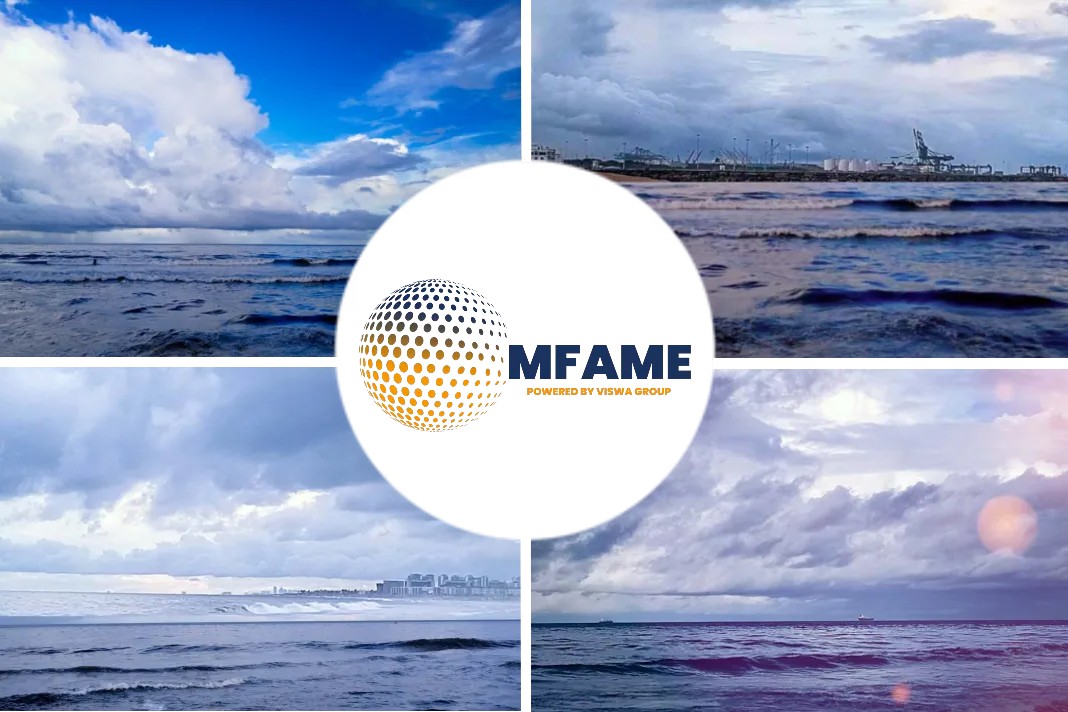Decarbonizing shipping and transportation remain a significant challenge as storing electrical energy from renewables in significant capacity makes it of little use against the requirements of running a ship at sea where space and load requirements inhibit battery options, says h2 view.
Liquid hydrogen in maritime sector
Liquid hydrogen (LH2), commonly used as fuel in the space industry, forms one potential solution where the required energy density/volume can feasibly be met for ships of all sizes.
However, its use in the maritime sector poses significant technical and safety challenges around the scale of operations, the number of usage points, and its proximity to personnel. Potentially critical scenarios for LH2 on ships can be described through a variety of phenomena including outflow, dispersion, accumulation, cryogenic exposure, ignition potential, explosion, and fire.
Zero-emission ferry transportation
In 2018, the NPRA gave the go-ahead for a hydrogen-electric ferry to serve one of the routes along the coast of Norway. One concept for zero-emission ferry transportation involves LH2 as a concentrated form of hydrogen storage.
To identify and quantify safety-related issues which may need to be resolved, DNV, the independent energy expert and assurance provider, was commissioned by Norway’s Defence Research Establishment and the Public Roads Administration to conduct a series of experiments investigating the behaviour of large releases of LH2 into the atmosphere and in a closed but ventilated area.
The build and operation of the experimental facilities at DNV’s Research and Development Centre in Cumbria, UK, delivered a programme of research pertaining to the outdoor and confined leakage phenomena.
Experimental arrangement
A total of 15 large releases (up to 50 kg.min-1) from a liquid hydrogen storage tanker were performed with variations in source tanker pressure, flow rate, orientation, ignition, and atmospheric conditions.
The outdoor releases were initially illustrated using predictions from DNV’s GasVLE, FROST and Phast software packages to analyse the expected behaviour for:
- Outflow – assessments of the mass flow versus pipeline and outlet conditions are made including assessments of the level of flashing (liquid mass fraction) within the pipe
- Pooling – measurements of ground surface and subsurface temperature around the releases were made and interpreted for the presence of liquid hydrogen or condensed products of air
- Dispersion – determination of the extents of the flammable limits near to ground level from each release
- Thermal properties – thermal radiation measurements recorded around each ignited release are interpreted against simple models and existing correlations and guidance for hydrocarbons.
Bulk LH2 delivery was from a bulk tanker located in a protective mound at the test site, which included a tall camera tower equipped with wind instrumentation. A 30x30m concrete pad was constructed to contain the release arrangement.
This incorporated a 40m long vacuum insulated pipe with instruments to analyse temperature and pressure conditions, the release point was located in the centre of the 900m2 concrete pad. Some obstacles in the form of ISO containers and smaller infrastructure were located on the test pad. The release of LH2 was directed both downwards and horizontally.
All experiments were conducted within a 250m exclusion zone and controlled remotely. This followed the method for purging and cooling the pipe that went from gaseous nitrogen (N2) to liquid nitrogen (LN2) to gaseous helium (He2) to cold gaseous hydrogen (H2) to LH2.
Measurements focused on the temperature of the surface and subsurface of the concrete close to the release while dispersion measurements using oxygen sensors were taken further afield.
The oxygen sensors measured the hydrogen gas concentration by examining the depletion of oxygen in the atmosphere. Two of the experiments were ignited after a delay to gather information on thermal radiation and overpressure.
Observations
Using the legacy British Gas model FROST and the DNV PHAST models, prediction of the vapour quality by mass and outflow were considered, with knowledge of the geometry of the release point orifice and the saturation conditions near to it.
The liquid/vapour fractions along the pipe during releases were calculated based on the pressure decay and assuming isenthalpic expansion. Releases in all experiments produced high liquid mass fractions (i.e. the proportion of the mass flowing in the pipe being in the liquid phase) with experiments being driven above saturation pressure in the tanker producing higher liquid mass fractions
Did you subscribe to our daily newsletter?
It’s Free! Click here to Subscribe!
Source: H2 View






















